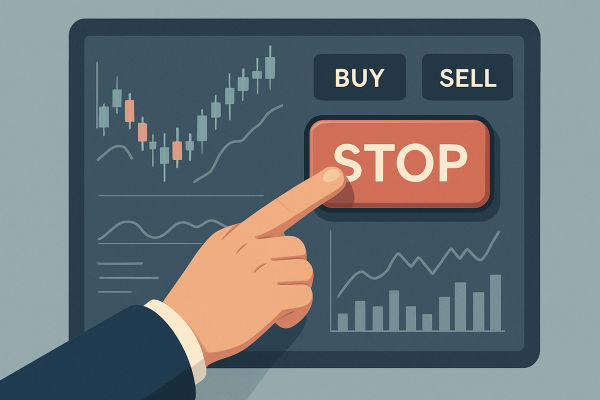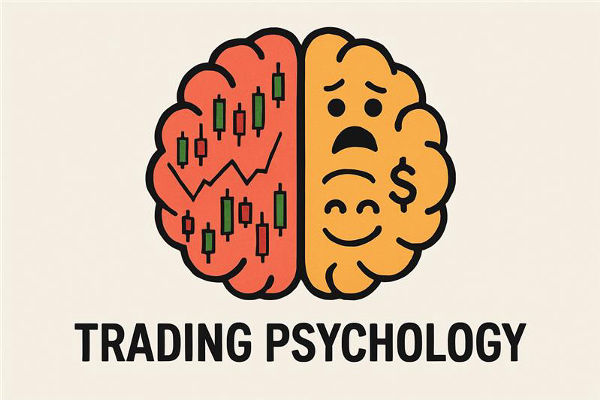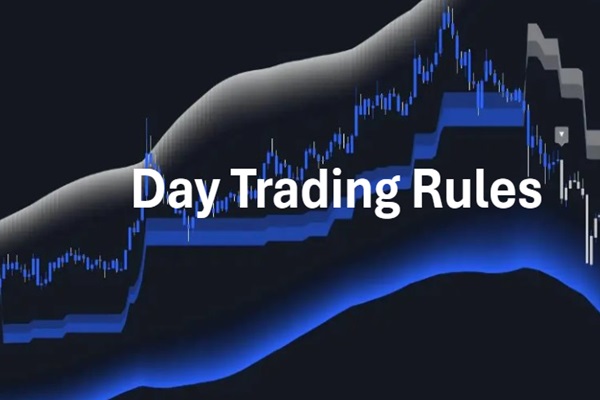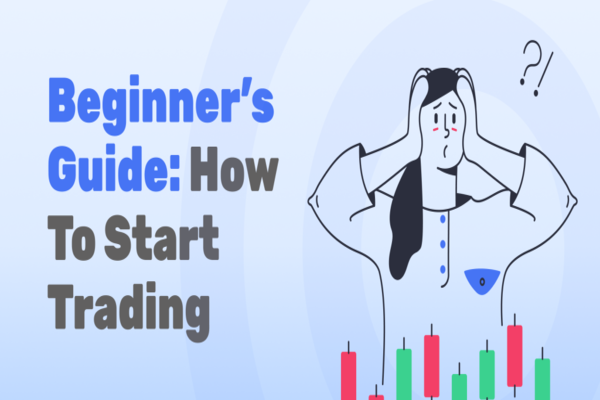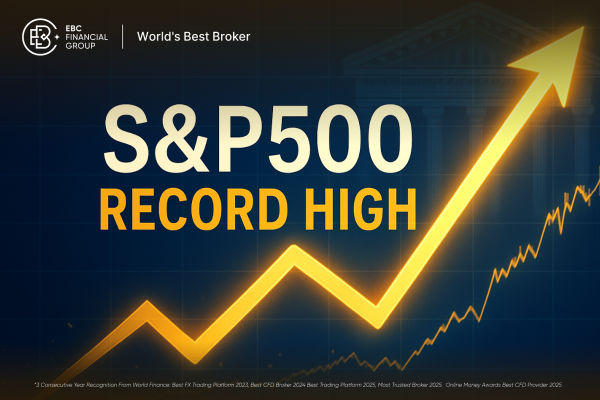Knowing how to stop overtrading can mean the difference between a profitable trading career and an account that drains away over time. Overtrading is one of the most common mistakes traders make, whether they are just starting out or have years of experience. It can slowly erode your profits, damage your confidence, and push you into a cycle of emotional decision-making that is difficult to break.
This guide explains how to stop overtrading in any market, from forex and stocks to commodities and cryptocurrencies. You will learn why overtrading happens, the damage it causes, and the most effective ways to break the habit. By following these strategies consistently, you will not only learn how to stop overtrading but also how to build the kind of discipline that supports long-term success.

Understanding What Overtrading Really Means
Before you can learn how to stop overtrading, you need to understand what it actually is. Overtrading happens when you take too many trades, risk too much capital on each trade, or deviate from your trading plan simply to stay active. It is not just about placing more trades than usual — it is about trading without a valid reason that aligns with your strategy.
Many traders think they are being productive by staying in the market constantly, but if the setups do not meet your criteria, you are more likely to lose money. Recognising the signs of overtrading is the first step in learning how to stop overtrading and protect both your capital and your mental focus.
Step 1: Build Awareness of Your Trading Habits
The first practical step in learning how to stop overtrading is building awareness of when and why you trade. A detailed trading journal is one of the most effective tools for this. Record the reasons behind every trade, the market conditions at the time, and how you felt before and after.
Over time, you will begin to spot patterns — maybe you overtrade on quiet days, after a losing streak, or when you see a certain market moving sharply. This self-awareness forms the foundation for how to stop overtrading because it lets you address the problem at its root.
Step 2: Create and Commit to a Trading Plan
A robust trading plan is one of the best defences against overtrading. If you want to know how to stop overtrading, start by clearly defining your entry criteria, risk per trade, position sizing, and profit-taking strategy. The plan should also state the markets and timeframes you will trade, reducing the temptation to chase opportunities elsewhere.
Once your plan is in place, commit to following it without exceptions. If a trade does not meet your rules, you do not take it. This one simple discipline can go a long way toward mastering how to stop overtrading.
Step 3: Apply Strict Risk Management
Another core aspect of how to stop overtrading is enforcing strict risk management. Decide in advance the maximum percentage of your account you will risk per trade, as well as the maximum number of trades you will take in a day or week.
For example, you might limit yourself to 2% of your account per trade and no more than three trades per day. Once those limits are hit, you step away, no matter how tempting another trade looks. This structured approach is central to how to stop overtrading effectively.
Step 4: Control Emotional Triggers
One of the hardest parts of learning how to stop overtrading is managing your emotions. Winning and losing both trigger psychological responses that can lead to impulsive trades. After a loss, you may want to “make it back”; after a win, you may feel invincible and take unnecessary risks.
Techniques such as deep breathing, short breaks, or even ending your trading session early can help you regain control. The more you manage your emotional state, the easier it is to maintain the discipline needed for how to stop overtrading.
Step 5: Develop Patience as a Trading Skill
Patience is at the heart of how to stop overtrading. Not every market condition will suit your strategy, and forcing trades during low-probability times is a quick path to losses. Successful traders understand that sometimes the best trade is no trade at all.
If you struggle with waiting, reduce your screen time or set specific trading windows. The less you stare at charts without reason, the less tempted you will be to overtrade. This is a practical and often overlooked method for how to stop overtrading.
Step 6: Use Technology to Support Discipline
Modern trading platforms can be powerful allies in learning how to stop overtrading. Price alerts allow you to focus only when the market reaches your predefined levels, avoiding unnecessary chart-watching. Some platforms even let you set maximum daily trade or loss limits that prevent further trading automatically.
By using technology to enforce your rules, you reduce the risk of emotional decision-making. This approach makes how to stop overtrading less about sheer willpower and more about having safeguards in place.
Step 7: Review and Adjust Regularly
Finally, how to stop overtrading is not a one-time fix. You need to review your performance regularly, analyse your journal, and adjust your plan as needed. Market conditions change, and so do personal circumstances, so your approach must evolve too.
If you notice signs of creeping overtrading — more trades than usual, reduced trade quality, higher stress — address them immediately. Consistent monitoring is the ongoing answer to how to stop overtrading over the long term.

Final Thoughts
Mastering how to stop overtrading is one of the most valuable skills any trader can learn. It is not simply about reducing the number of trades but improving their quality. By recognising your triggers, committing to a solid plan, and managing both risk and emotions, you can trade more deliberately and with greater confidence.
Overtrading not only harms your account balance but also your psychological resilience. Traders who learn how to stop overtrading tend to make better decisions, avoid costly mistakes, and preserve the mental clarity needed for success.
In the end, trading is not a game of constant activity — it is about taking calculated actions when the odds are in your favour. By applying the strategies outlined here and regularly reviewing your habits, you can stop overtrading, protect your capital, and move steadily towards consistent results.
(Disclaimer: This material is for general information purposes only and is not intended as (and should not be considered to be) financial, investment or other advice on which reliance should be placed. No opinion given in the material constitutes a recommendation by EBC or the author that any particular investment, security, transaction or investment strategy is suitable for any specific person.)
